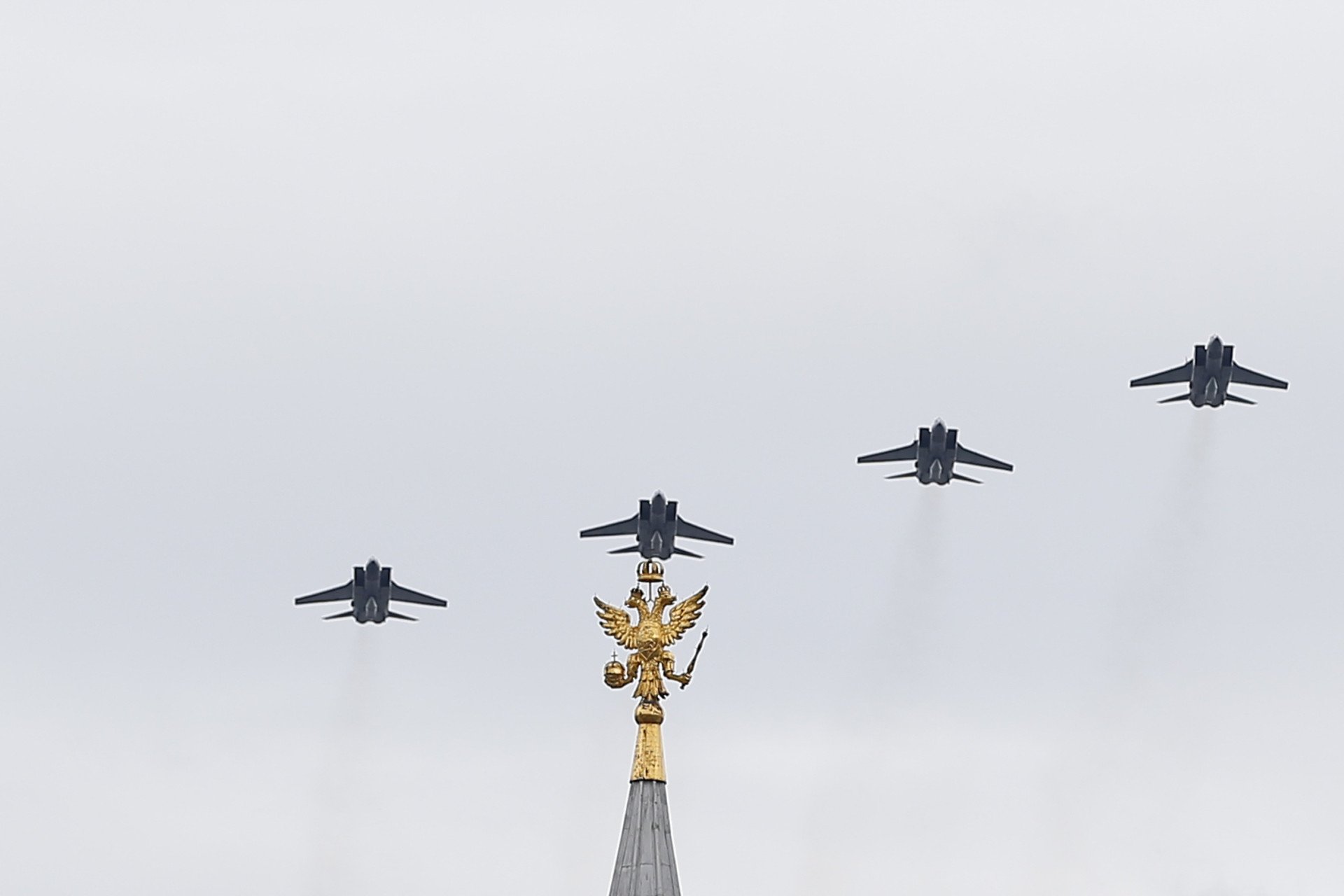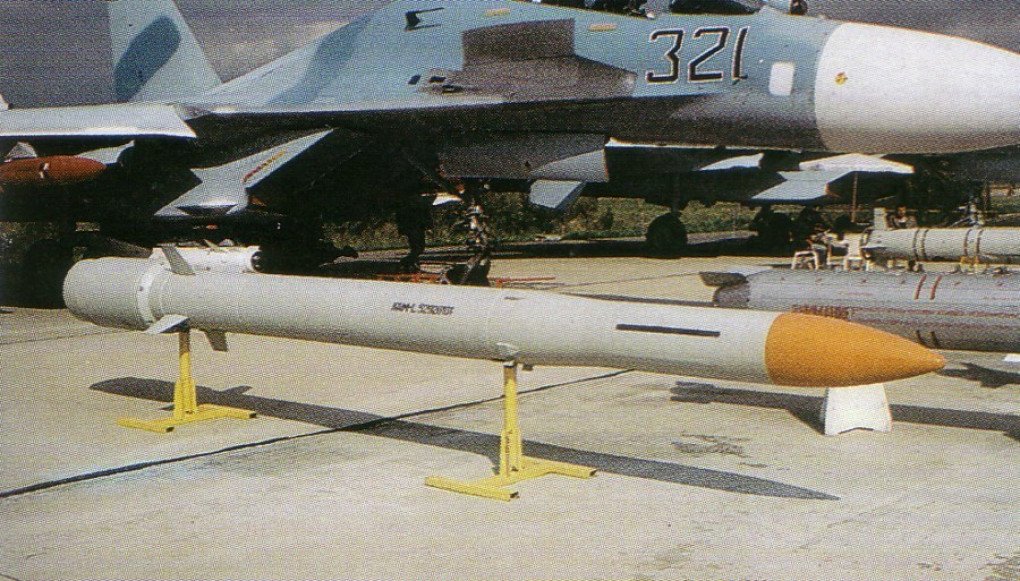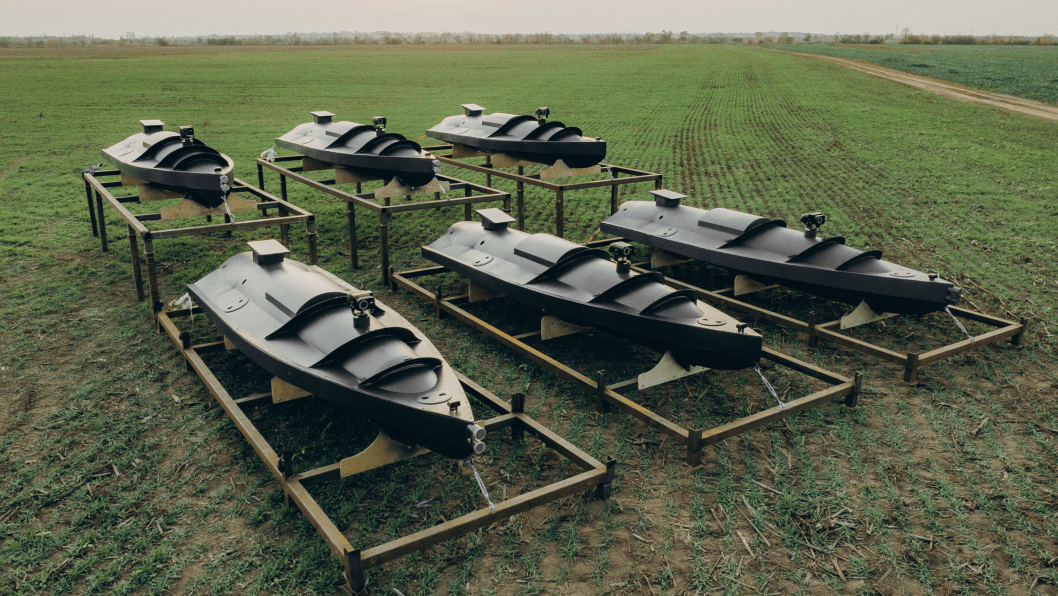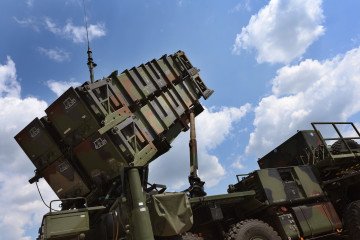- Category
- Latest news
Russia Quietly Re-Arms MiG-31 With a 400km Missile. Here’s What It Can Strike

Russia’s United Aircraft Corporation (UAC) has breathed new life into its Cold War-era aircraft by arming the MiG-31 interceptor with the long-range KS-172 missile.
Originally designed to chase down strategic bombers at high altitudes and supersonic speeds, the MiG-31 is now undergoing a major transformation—one that could redefine the role of long-range air superiority platforms in the modern battlespace, according to defense outlet Army Recognition on May 20.
Army Recognition, citing Russian military analyst Konstantin Sivkov, states that the new KS-172 missile surpasses its predecessor, the R-37, in both compactness and performance.
The KS-172 reportedly boasts a range of over 400 kilometers—placing it well beyond current Western air-to-air missile capabilities.

Dubbed “Foxhound” by NATO, the MiG-31 was first introduced in the 1980s as a successor to the MiG-25. Known for its raw speed—capable of reaching Mach 2.83—and its operational ceiling of over 20,000 meters, the MiG-31 was built for one purpose: intercepting fast, high-flying threats. Its Zaslon-M phased-array radar allows it to track up to 24 targets and engage eight simultaneously.
Over the years, the MiG-31 has seen several modernization efforts, including the MiG-31BM and MiG-31K variants—the latter modified to carry Russia’s Kinzhal hypersonic missile.
The latest upgrade—the integration of the KS-172—represents a new chapter in the jet’s evolution, offering a first-strike capability against critical assets like AWACS aircraft, aerial refuelers, and stealth platforms long before they can operate effectively.
-8ff74eb427048fb43a21b623ab814c0b.png)
Compared to Western air-to-air missiles such as the AIM-120D (range: ~180 km) or China’s PL-15 (~300 km), the KS-172’s reported 400 km reach offers a massive leap in engagement range.
Sivkov notes that its compact design also allows greater flexibility in payload configurations, potentially opening the door to deployment on other aircraft.
The KS-172 missile has a long and bumpy development history, with earlier iterations shelved due to budget constraints and technical hurdles. But its resurgence reflects a broader Russian push to bolster long-range air deterrence through advances in missile miniaturization and propulsion.

The operational deployment of MiG-31s armed with KS-172s could significantly reshape regional and global airpower dynamics. For NATO and US forces, the enhanced Foxhound presents a serious threat to critical battlefield infrastructure—especially surveillance and support aircraft operating from standoff ranges.
With a 400-kilometer engagement envelope, Russia can now credibly threaten high-value airborne assets far from its borders, complicating NATO air planning and increasing the risk for early entry operations in contested regions.
From the Arctic and Eastern Europe to the Pacific, this development strengthens Russia’s anti-access/area denial (A2/AD) posture and signals a renewed emphasis on strategic air defense.
-3336ca785df0ebe3e84fa8baef71d263.jpg)
Earlier, a component manufactured in India was identified in a Russian Kinzhal missile for the first time.
The part in question is a clock buffer produced by Aura Semiconductor, an Indian company. It was found among nearly 200 newly identified components used across six types of Russian weapons systems.
The findings include parts from Russian drones such as the Shahed-type UAVs (locally referred to as “Geran-2”), North Korean KN-24 ballistic missiles, the onboard computer of the Kh-47 Kinzhal missile, as well as various unmanned aerial vehicles including the Supercam S350, Gerbera, and Zala.





-72b63a4e0c8c475ad81fe3eed3f63729.jpeg)


-111f0e5095e02c02446ffed57bfb0ab1.jpeg)